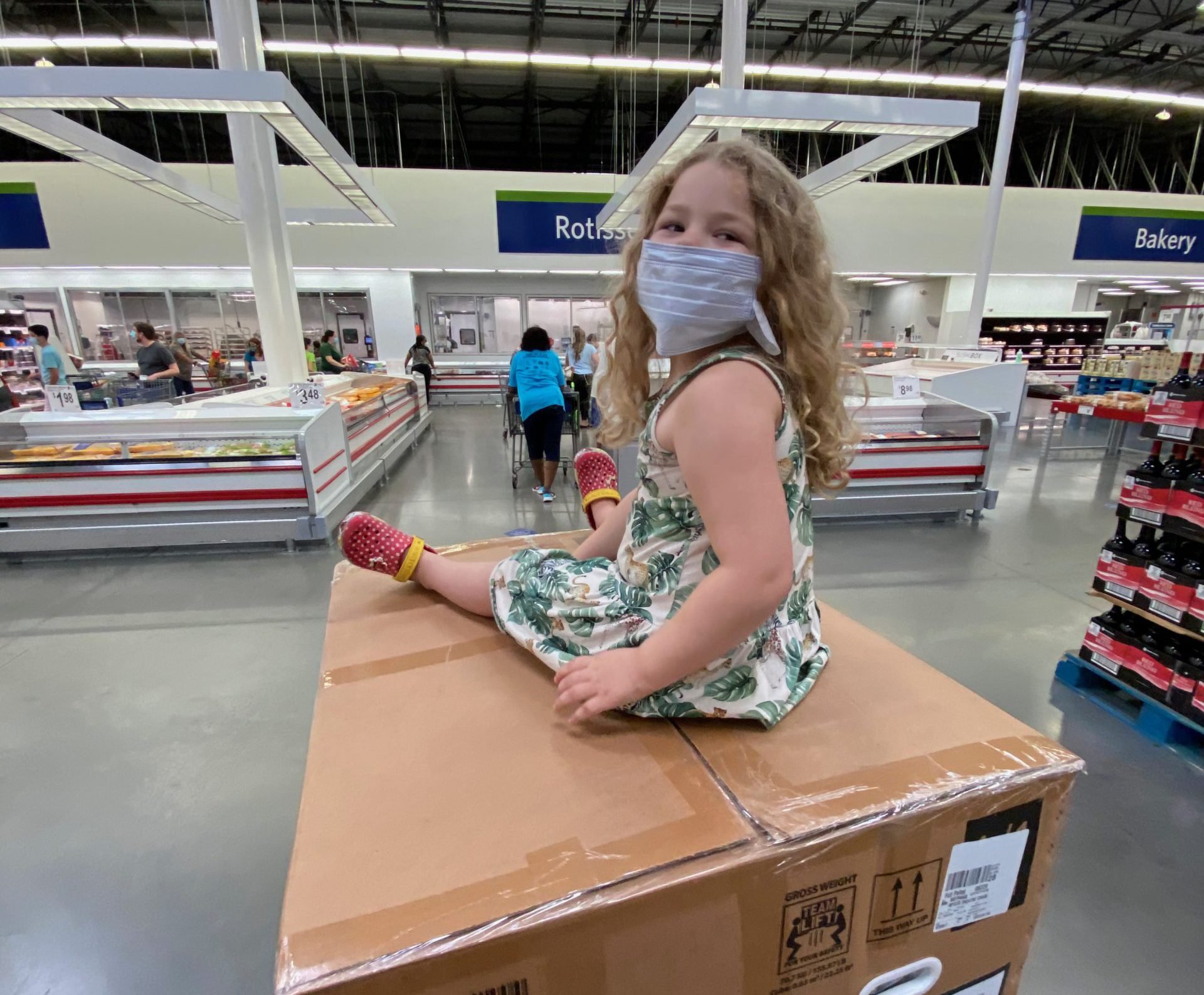The rise and fall of distance learning
Emerald Data Partners provides complete IT support and consulting to an assortment of small, independent schools across three different counties in North-Florida. These schools don’t have the complete technology support of a school district, so they rely on Emerald Data Partners to ensure their technology runs smoothly to support the instructional environment. This article is written from our perspective as we support these great educational leaders through the COVID-19 situation.
The necessary rise of distance learning
Here in Florida, we joked that we knew COVID19 was serious when Disney World closed its doors. But when our kids got sent home from school in mid-March for what we thought would be a month, suddenly things got a lot more serious. Immediately kids and teachers alike were thrust into the world of distance learning, bringing with it a whole host of new struggles. The world watched as schools created new policies on the fly, forcing educators of varying tech-savviness to embrace teaching through this thing called Zoom. It was exciting because everyday was different, but this constant changing classroom situation created a lot of stress on working parents, pressed on students, and tested the limits of the dedicated teachers who make the whole thing go ’round.
On a personal note, we here had some real wins. We had one particular school tell us that our training and implementation on Google Classroom we had done two years earlier was instrumental in the school taking its operations from the physical campus to the world wide web. That was nice to hear, especially since we thought that training was a waste, but instead it sat dormant in the minds of the instructional staff for a few years just waiting for a global pandemic. It serves as a nice validation for everyone that proactive training is always a positive investment, just sometimes you have to widen your view of time a bit. It also serves as a validation that teachers remain some of the most dedicated and flexible leaders in all of society.
Distance learning and the iPod
When Steve Jobs stood on the stage in Cupertino in October, 2001, the world sat and dreamed of how they would no longer have to choose which CDs to bring with them on that next trip, possibly exposing them to songs being repeated during the cross-country family road trip in the station wagon to Walley World. Thousands of songs, they said, could fit in the pocket. It was a dream. But then came the audiophiles to ruin the party.
If you are unfamiliar with the term, an audiophile is someone who is passionate about the quality of sound. This breed of human typically has expensive headphones or speakers, exquisite amplifiers, etc, and often snobily talks about how the rest of us cannot hear ‘those strings in a midrange’ or something like that. Annoying as they are, these audiophiles had a good point. All of these thousands of songs being placed in the tiny white metal box with a spinning wheel and three line LCD came with a cost: compression.
Compression is essentially how computer engineers took all the infinite details and nuances of a song, like the cymbals ringing out while the guitarist ripped a solo, and squeezed them into a small MP3 file that sat next to a thousand other cramped, lifeless music files. While the audiophiles are right, this digital compression hacked up music and took a lot of details out of music, Apple’s iPod sales seem to send us a message. No one really cares about those missing details. Well, I shouldn’t say no one, because services like Jay Z’s TIDAL are still around after five years, but that’s not helping my point.
The message was clear from 2001 up to now. Most of the general public is okay in sacrificing a little bit of the details in order to gain convenience of not having to lug around a CD case and a portable CD player. I believe the same is true with remote working and videoconferencing. For me, it’s worth it to miss a few words my dad says as he talks via Facetime with my own daughters, or have them not pick up on the subtle joke he made because we can’t make out his smile because of the grainy video at that particular moment. What’s the alternative, drive 30 miles round trip and actually spend time face to face?
Here’s the issue. I picked up on the subtle joke because my relationship with him was created in-person over 30 years. Now that we have that bond, I can easily tolerate the missing details caused by the compressed digital connection. But what about my kids? They don’t have that savings account of in-person connection to draw from during these times. Which brings me to the obvious point I’m barreling towards. Our school children aren’t the mass market. They are the audiophiles who need those extra details right now because of the critical place of development they’re in.
The fall of distance learning
In case you’re wondering, yeah, the seasonal pun was intentional. As an IT professional who actively works daily to support education environments, I believe we will see distance learning, e-learning, or whatever else you want to call it, greatly diminish, particularly with the younger K-5 students.
I’m not going to debate any health experts or health advice relating to how in-person instruction will cause issues with COVID19. There are so many sources out there that will explain it better than any attempt I make to rehash it here would do.
What do want to do, however, is give a first-hand testimony of what I have seen during this fall’s move to back on campus. I’ve seen educators and educational leaders across the political spectrum advocate for in-person instruction while still remaining cautious and curious about safety. They work hard on establishing the best safety practices they can while still remaining humble and open to whatever new expert advice comes out the next week. We’ve firsthand helped in the nitty gritty details like selecting a bluetooth headset, used to connect to remote students, that will not interfere with a face shield or mask, so the teacher remains safe with the in-person students. We’ve witnessed our schools happily embrace change and reject the binary thinking that in-person instruction isn’t safe.
We welcome–and stay current on–the innovations in our technology field Google Classroom or Zoom for Educatio, but we know they’re just improving on new ways to compress our real life, in-person interactions. Will it ever be the same? Ask the audiophiles. They know there’s just no substitute for the real thing.


